I have a few concerns with the audio amplifier part of my circuit which I hope somebody can help me with...
It's part of a larger circuit but the schematic below shows the parts of the circuit which I'm concerned about.
Short Version:
- Does the headphone socket need a capacitor and if so where?
- Does the speaker need a separate capacitor?
- Does a value of 10 Ohms for R10 seem suitable?
- Could this part of the circuit be responsible for draining the battery so quickly?
- And for a bonus point, am I within the 20ma continuous current limit of the MCU pin?
Longer Version
As it is, the circuit appears to be working fine, and I get reasonable audio from both the speaker and headphones. However, I have two devices on my bench. One which I've made myself and has a 250mah battery, and an off-the-shelf solution which has an 80mah battery. The off-the-shelf solution will run on it's battery for about 7 days. Whereas mine, with a substantially larger battery will only run for about 4 hours. I've ruled out everything else I can that might be consuming power so now I'm looking at the audio part of the circuit. Looking at my schematic, I made my best attempt at doing some calculations and came up with a value of 10 Ohms for R10. Does this seem correct?
My second concern is that I understand speakers don't like DC current so normal practice is to include a capacitor. As it stands, the headphone socket is receiving DC current. I tried putting a series capacitor between the digital potentiometer and the headphone socket but the circuit stopped working.
Datasheets Speaker Transistor
I've got no attachments to this model of transistor so am perfectly happy to swap it for a different one. However, I must use this specific speaker.
